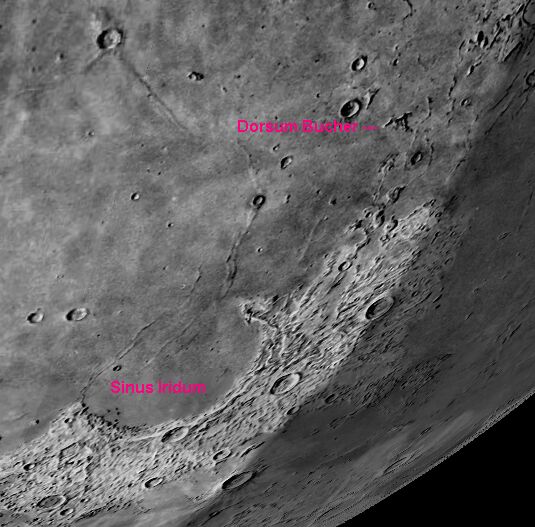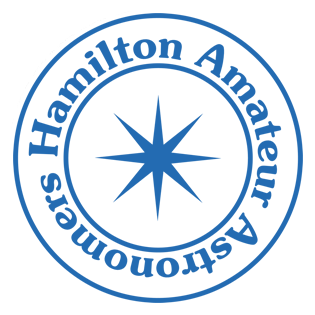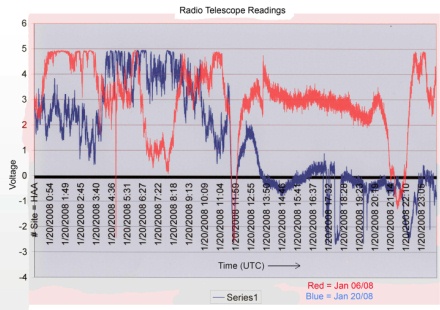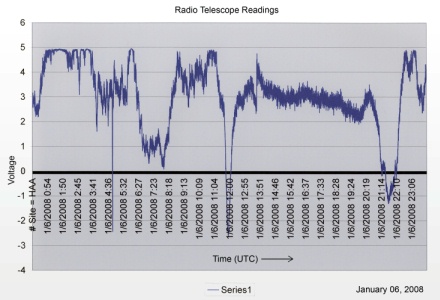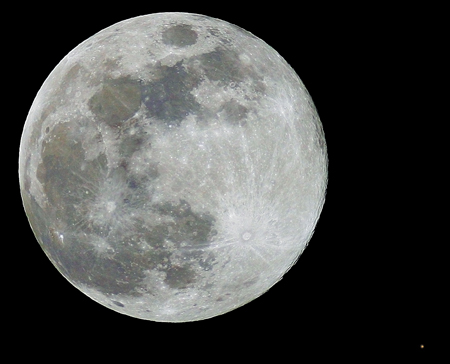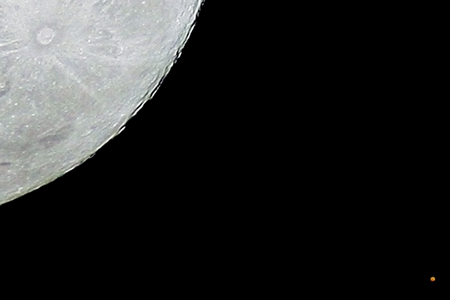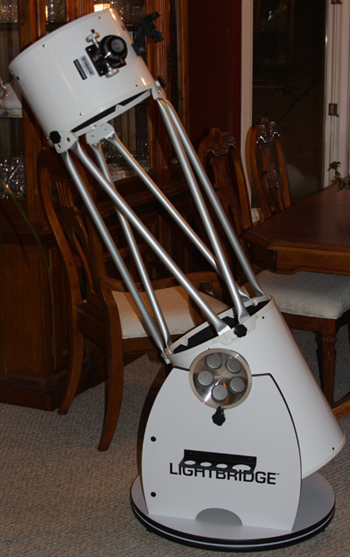Almost 20 scopes were set up tonight at the telescope clinic, in the Spectator auditorium, in Hamilton. I was surprised to see so many 10 inch and larger scopes there.
The event was also being covered by a Spec reporter with video camera. I figured the GWS would have to make an appearance.
He caught up to me while i was still setting the GWS up, and asked me questions about why i got into astronomy, and whether i think we are going to find life on other planets. My science and astrophysics interests, and desire to meet new friends got me into the club and to buy a scope. I have been well rewarded.
I told him i thought we won’t find any signals from other civilizations because they would already be here if there were any. When he pressed for an answer to the hypothetical, i remarked that i hoped if some civilization did send a message, that they would send some information about their technology to us, not just a hello, goodbye.
Astrology topics aside, i think everything went well.
I personally was able to talk to at least 6 DOB owners and help them align their scopes.
For lack of a dime, i had to reach for my super-knife to align Kerry’s scope. I got a lot of comments
on my dew guard which i was delighted to explain. Naturally the counterweight i use also drew some admiring remarks.
I had a chance to explain the workings of an equatorial platform to some DOB owners, and i also got some advice on how to clean my secondary mirror, which i think has dewed up once too often and needs a rinse.
All the Meades have their spring mechanism done wrong on their secondary support, resulting in an incredibly finicky and difficult alignment operation. I showed them how i changed my secondary holder so that the spring is done properly, and how easy it is to align my scope, with finger pressure, even on small screws. I am booked for some scope surgery after the next meeting.
It took 34 minutes from arrival till my scope was transported across the parking lot, up the stairs, throught the doorways and around the many visitors, and set up. Then 36 minutes to pack the GWS back into the car. Not bad. Usually it’s a bit quicker when i can park the car right beside where i am setting up. But it affirms my claim that Astronomy is good exercise.
An interesting slideshow was playing on the screen during the meeting, and at one point Mike Spicer announced that he had a scope pointed at Mars in the parking lot. I somhow was so occupied i did not get a chance to see it, but i have the scope in the car now so i am watching for the next chance at clear skies.
I was grateful for help from Kerry and Ann who helped carry and watched the car for me.
Afterwards about 12 of us reconvened at Kelsey’s till about 11:30 PM. Coconut strawberry smoothies. Mmmmmmmm.
Steve
